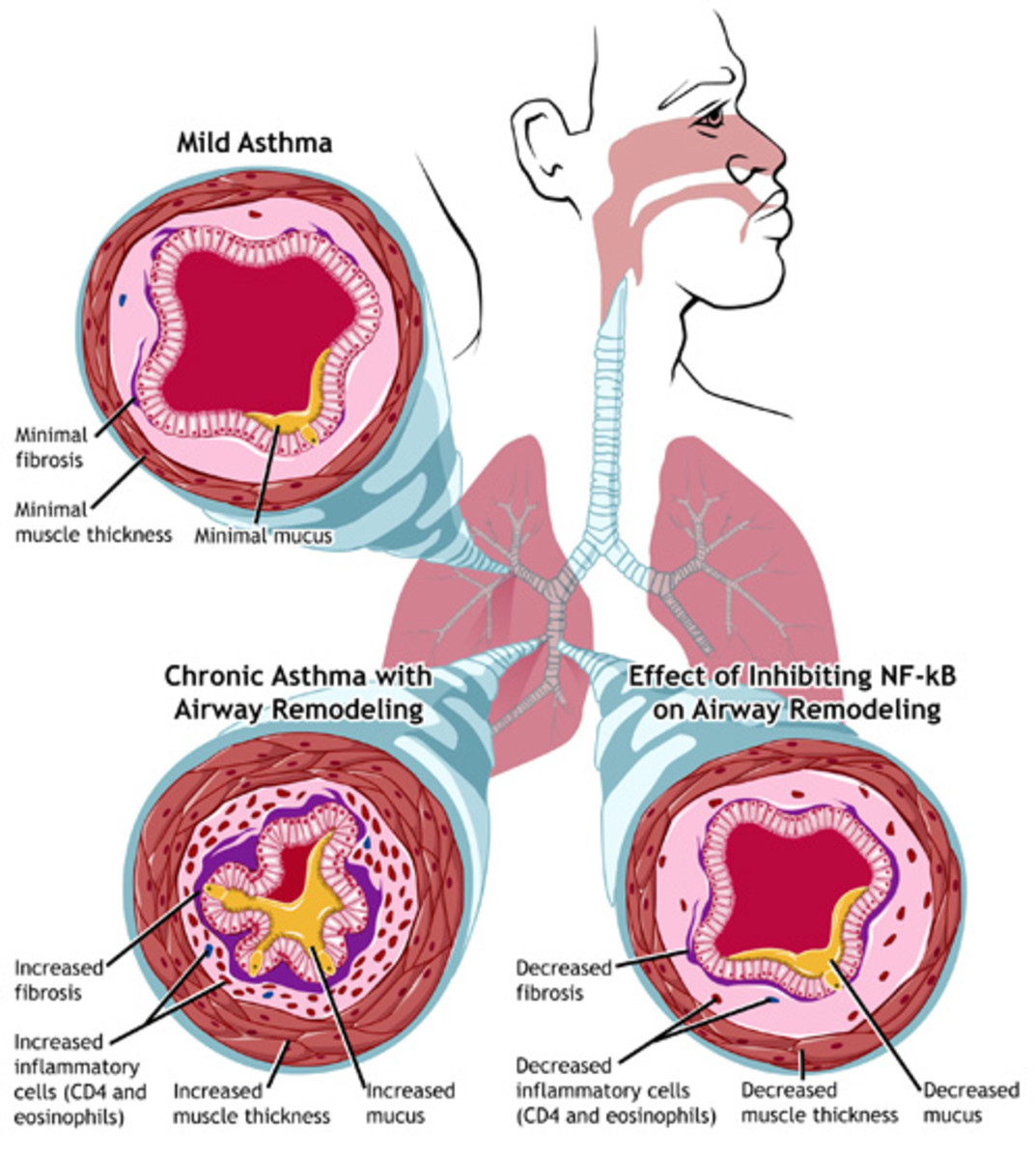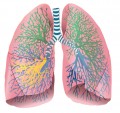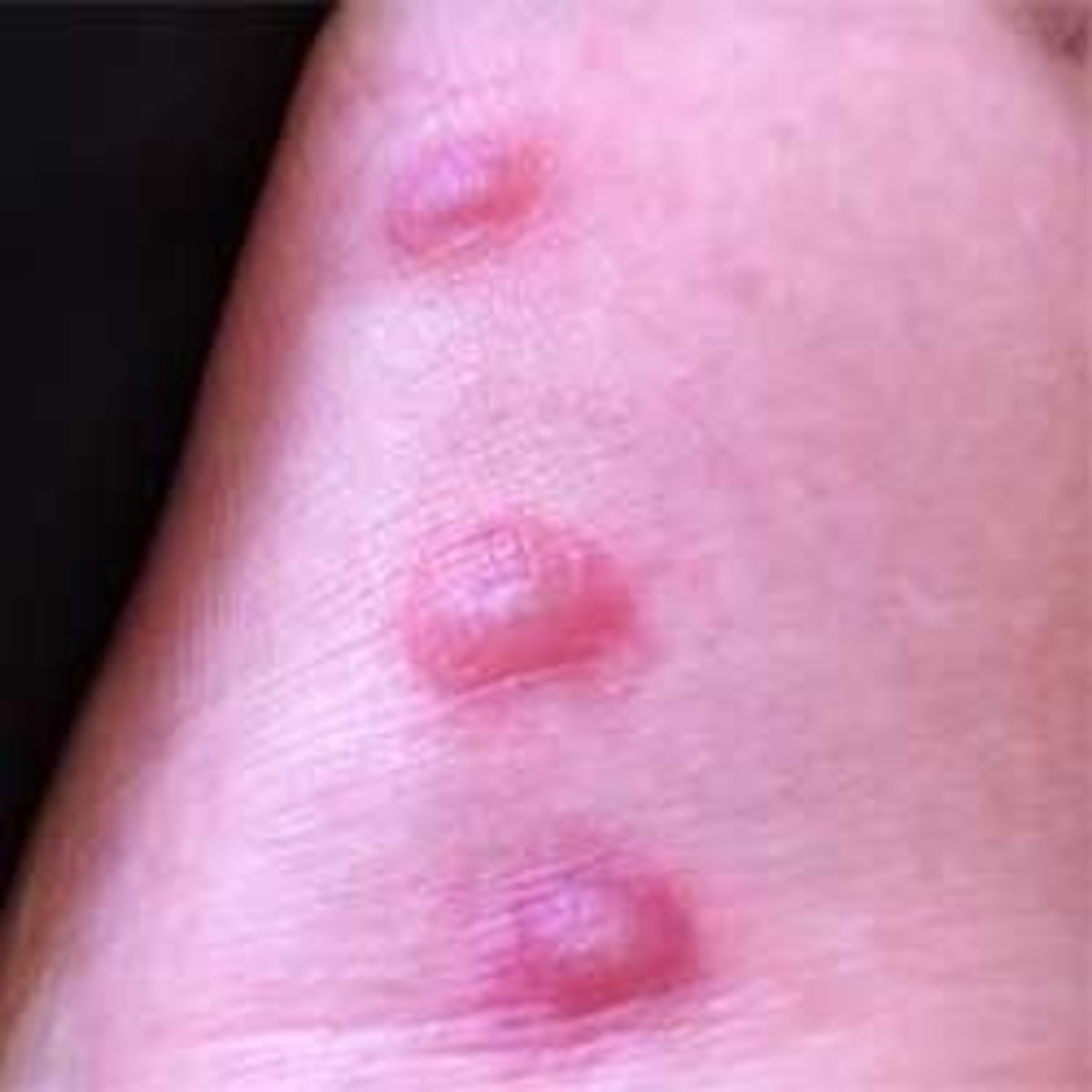How to Take Asthma Inhalers
More and more people are being diagnosed with asthma and related respiratory conditions than ever before. Researchers do not know why asthma is becoming so common these days, but environmental factors, as well as food additives that alter the immune system, are often to blame. People of all ages are now having to rely on asthma inhalers to treat breathing problems, even if they have no family history of the disease or have never had asthma problems before. There are many different types of asthma inhalers prescribed today, but it is important that patients know how to use inhalers properly. Misusing asthma inhalers can lead to increased breathing problems and increase the likelihood of developing many types of infections.

Most asthmas inhalers can be classified into two different types of medication. Patients should ask their doctor or pharmacist which type of medication each inhaler prescribed is before using. “Rescue inhalers” are typically bronchodilators that are intended to treat asthma symptoms once they have begun. In some cases, these inhalers can also prevent asthma attacks throughout the day. Rescue inhalers include such name brand drugs as Proventil or Ventolin. Over-the-counter Primatene Mist is also a less-powerful rescue inhaler, but it is often not recommended for people with chronic asthma or recurrent symptoms.
Doctors estimate that as many as one out of every four asthma patients use their inhalers incorrectly. For rescue inhalers, spacers are also commonly used to help deliver the correct dosage. Spacers are more commonly prescribed for children than adults, but they provide a space between the mouth and the lip of the inhaler for more effective delivery. When prescription spacers are not available, a cardboard paper towel insert can also be cut in half to provide the same benefit. The patient should breathe all air out, and then spray the inhaler upon inhalation, drawing the medication deep into the lungs.
If more than one dosage is prescribed, the patient should wait 1-2 minutes before the second spray to allow the medication to work. After using all asthma inhalers, it is important to rinse the mouth thoroughly with an antiseptic mouthwash such as Listerine in order to prevent mouth sores or throat irritation. Frequent use of asthma inhalers can lead to sore throat symptoms and even some mouth infections.
Rescue inhalers are also commonly used to prevent episodes of exercise-induced asthma. In this case, bronchodilators are used just before strenuous exercise or team sports in the same manner as above. It is important that patients do not overuse rescue inhalers. The abuse of bronchodilators can lead to heart palpitations, anxiety, and increased breathing problems. This type of abuse also increases the likelihood of developing a condition known as status asthmaticus. Status asthmaticus is a potentially life-threatening condition where traditional asthma medications fail to treat asthmas symptoms. When rescue inhalers are ineffective, additional preventive measures may be required. Patients who are using their rescue inhalers more than 2-3 times per week may need asthma inhalers that contain corticosteroids to help further prevent inflammation associated with asthma symptoms.
- Symptoms of Asthma in Children
The symptoms of asthma in children can sometimes be hard to recognize, especially with parents who have not been around someone with asthma. Asthma symptoms can sometimes appear as a cold or... - Natural Treatments for Exercise-Induced Asthma
Exercise-induced asthma is one of the most common forms of asthma today. While a large percentage of people with asthma also experience seasonal allergies or react to other forms of asthma triggers, there are...








